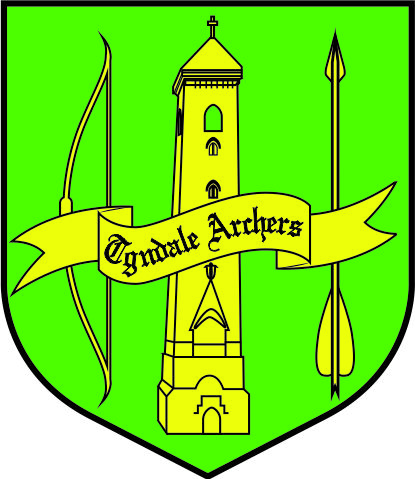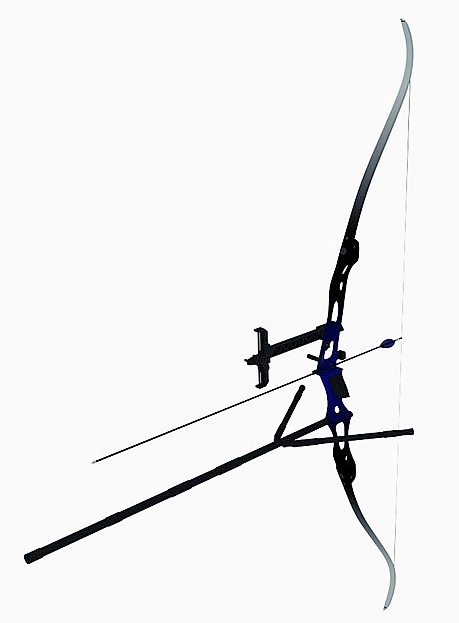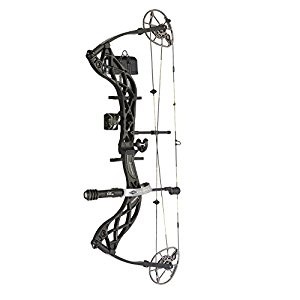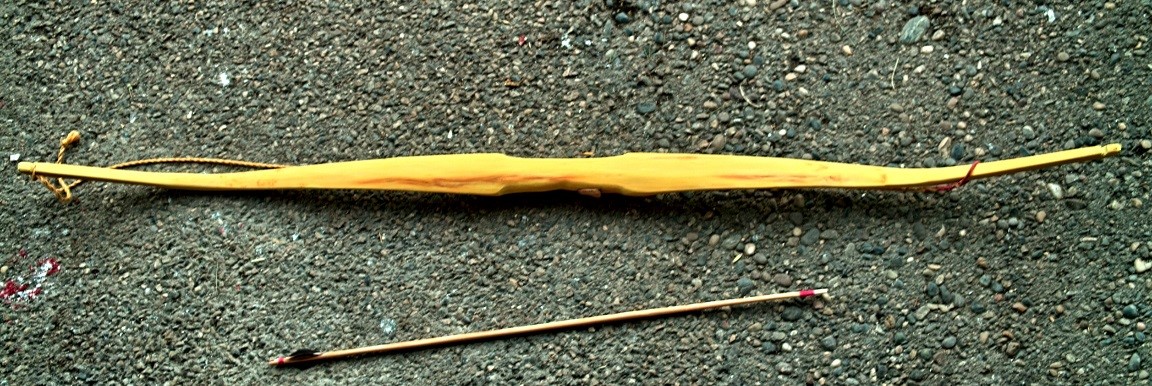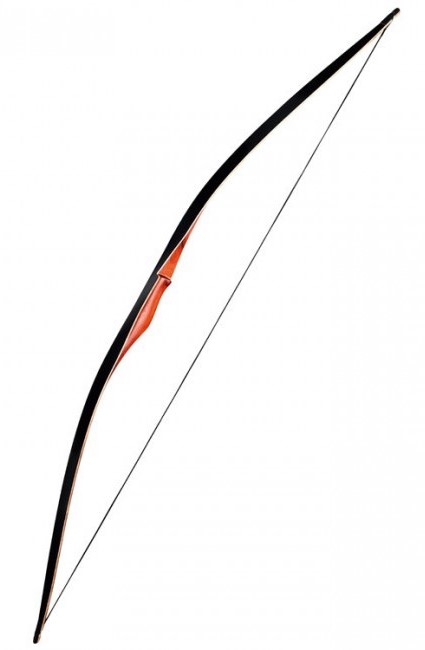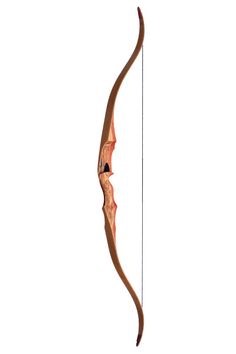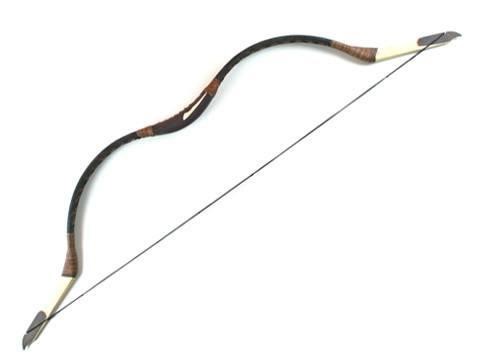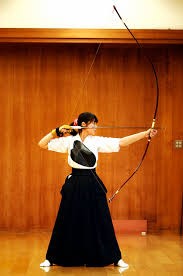Types of Bow
There are as
many types of bows as there are types of archery. In most
cases if you ask an archer why they shoot a particular bow type or style, the
answer will be “Because I want to”.
Most archers
who have been shooting for a while will own a number of bows, and in many cases
these will be of different types. There are
examples of most bow types available to suit all pockets, with entry level
equipment costing less than £100, but if you can afford it there are also
examples costing multiple thousands of pounds.
Whichever type of bow you choose to shoot, there is normally a category or class which you can fit into to shoot competitively.
Olympic Recurve Bow
As the name suggests this is the type of bow used by archers competing in the Olympics.
Typically the limbs (The springy bits at the top and bottom) can be removed from the riser (Handle) making it a take-down bow. In most cases the limbs will fit to the riser using the IFL (International Limb Fitting) standard. This standard, which has been adopted my most major manufacturers of archery equipment, means that archers can build bows using risers and bows from different manufacturers.
Risers and limbs come in different lengths. Mixing these allows an archer to build a bow of the correct overall length for them. Limbs also come in different draw weights (How much weight you’re holding when you pull back the string). Olympic archers will typically draw 35lb to 50lbs.
In the recurve bow class the bow is fitted with a number of add on bits.
- A sight to
assist with aiming
- An arrow rest to assist arrow clearance on release.
- A draw
length check or “clicker” to allow the archer to measure how far they pull back
the string to ensure this is the same every shot.
- A Long rod (Rod sticking out
the front with weights on)
- and side rods (Rods sticking out the side, also with weights on).
The purpose of all these rods and weights is to give the bow stability and to help ensure it stays stable when an arrow is released. If you choose to shoot yours without the sight etc. then you’re in the world of bare bow archery.
Compound Bow
Pretty much
the “state of the art” as far as bow design is concerned, the compound bow was
invented in the 1960s.
The wheels
at the top and bottom are actually cams which make the draw weight reduce
through the draw. With a
recurve bow at full draw, the archer is holding the full weight on their
fingers. With a
compound bow at full draw, due to the action of the cams, the archer will only be
holding around 20% of the full weight. This allows
the archer to hold the bow at full draw for much longer ensuring much more
time for aiming.
Compound bows are by far the most accurate or the vertical bow types.
Self-Bow
The most basic bow it’s possible to get and the first of the “traditional” bow types.
If you ever made a bow from the branch of a tree when you were a child, that would have been a self-bow.
Often referred to as a primitive bow, self-bows are made from a single piece of wood. If you like your archery at its most basic, this is the bow for you.
Careful though; accuracy is something to dream of if you shoot this bow type. They can also be extremely fragile.
English Longbow
Arguably the most popular of the traditional bow types, these bows are based on those used by English archers at Agincourt etc.
Modern versions are constructed from a number of laminations, with draw weight usually up to around 60lb, so much lighter than the 150lb bows found on the Mary Rose.
As with Recurve and Compound bows, Longbows are well supported at most competitive shoots, both target and field.
Only wooden arrows are permitted as with self-bows. No modern materials with these babies. Feather fletchings are used on the arrows to assist with clearance as the arrow passes the bow (Recurve and compound archers normally use plastic vanes on their arrows).
Neither longbows nor self-bows have any form of arrow rest, the arrow is shot off the hand, so archers usually wear a glove on their bow hand.
American Flat Bow
Called a
longbow by the Americans these bows are a bit of a hybrid. They’re a
sort of amalgam of an English Longbow and some of the bows used by
Native American Indians. They’re
called flatbows in the UK as they clearly aren’t longbows and the limbs have a
flat cross section (unlike Longbows which have a D shaped cross- section).
There is no recurve to the limb tips, and having one would exclude the bow from the flatbow class at most competitions. The handle of the bow has an arrow “shelf” as can be seen in the close-up picture. The arrow rests on this whilst the bow is drawn and aimed. This is known as shooting “Off the shelf”.
Again, as it’s classed as a traditional bow, wooden arrows are preferred, but some archers do shoot aluminium or even carbon arrows from them.
They are more efficient and accurate than longbows and as with all bow types, those that shoot them love them.
Field Bow
Designed for
Field Archery these bows are generally
shorter than full recurves with overall lengths typically
between 54” and 62” to make them more manageable in woods. They are
still recurve bows though, as can be seen by the way the limbs curve
forward toward the tips.
These bows come in both take down (3 piece) and one piece forms. The take down versions can come in ILF format, but generally not.
A lot of archers who shoot these bows will shoot them off the shelf with wooden arrows, but most can be fitted with arrow rests, and shooting carbon or aluminium arrows is not uncommon.
Being recurve bows, they deliver the power to the arrow much more efficiently and are more accurate than longbows and flatbows.
Horse Bow
Of course,
designed to be shot from the back of a horse.
Generally based on the design of the Mongol bows, these bows are very short at around 50”. Traditional versions would be backed with animal sinew, but more modern materials are used in most modern versions.
As with self and longbows there is normally no shelf on Horse bows and arrows are shot off the hand. The most traditional horseback archers will use a thumb ring to draw the bow.
Recurve and compound bows would both fall into the modern archery category, the rest of the bows listed so far would generally be classed as traditional bows. Those listed are the most popular and most common bow types. There are of course a number of others.
Here are
just a couple.
Crossbow
Yes, it is
still archery!
The bolt or quirrell is propelled forward by the energy that was stored in the limbs (or Prod in this case) when it was drawn (or cocked), being released when the bow is shot. It’s basically the same technology as all the other bows.
Modern crossbows can be ridiculously powerful and as with all bow types, in competitive shooting arrow speed is normally restricted to a maximum of 300 feet/second for safety reasons.
Article written by Chris Rowston of Tyndale Archers. If you would like to print this useful reference please click on the button.
